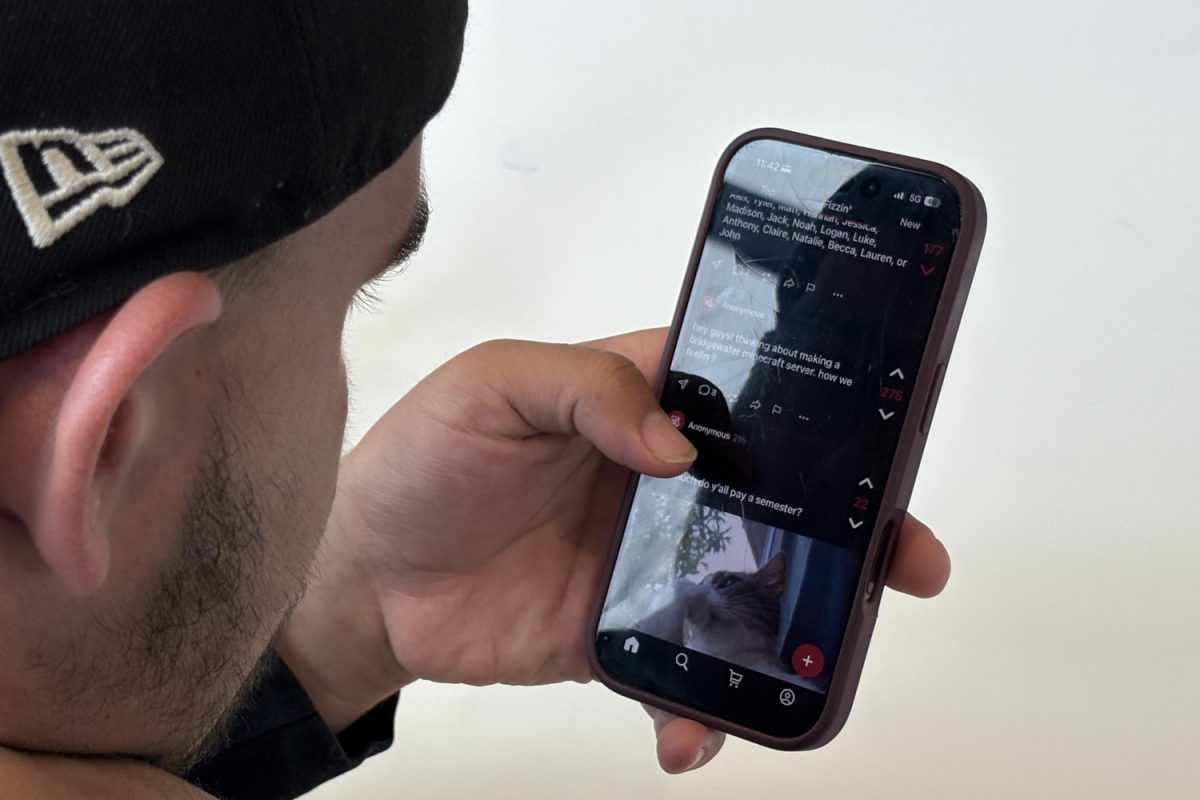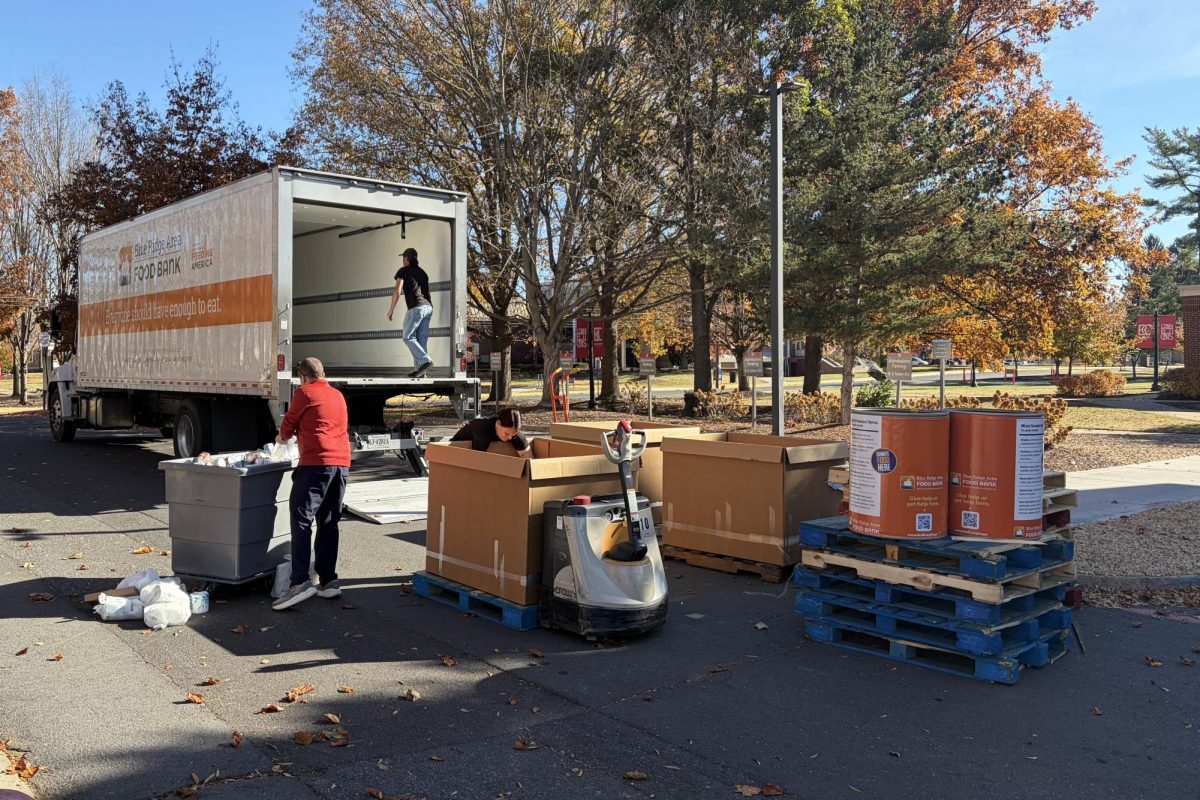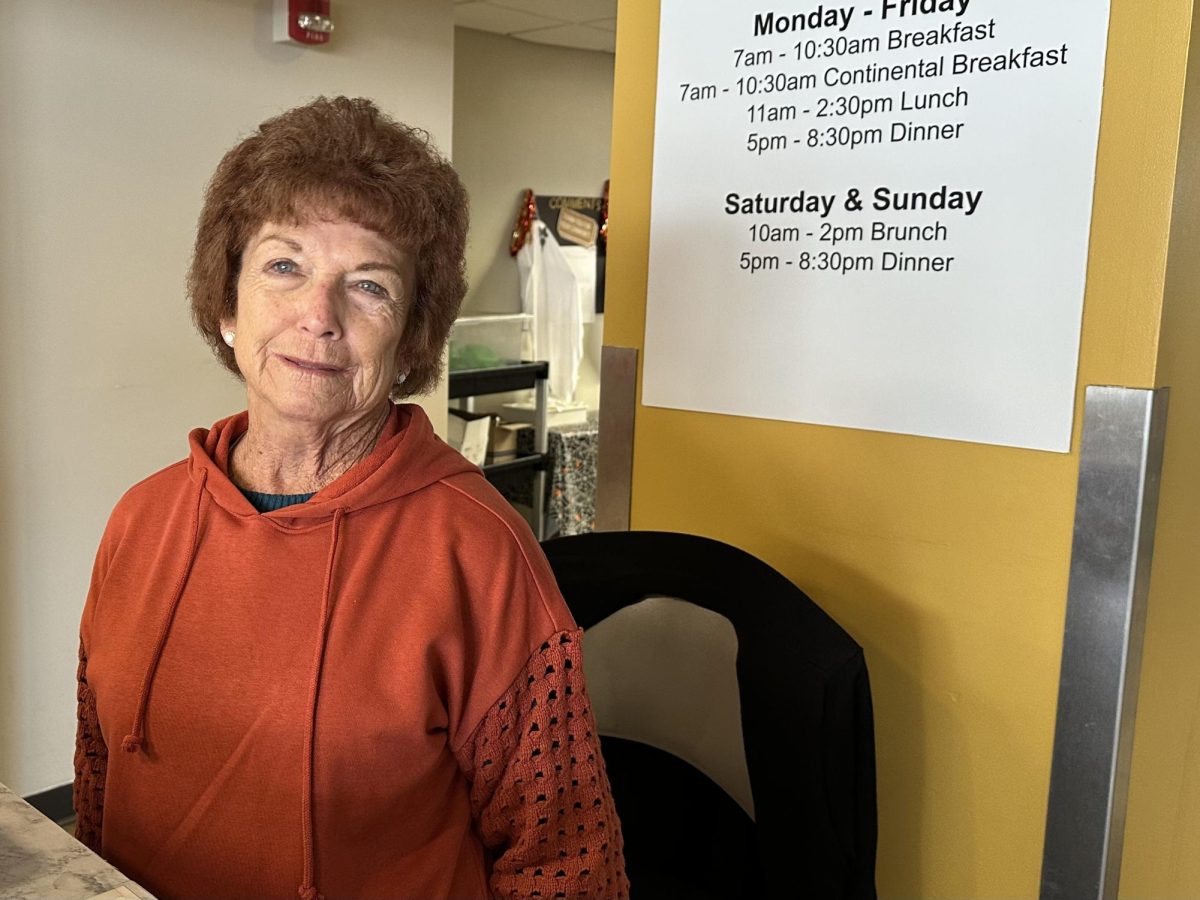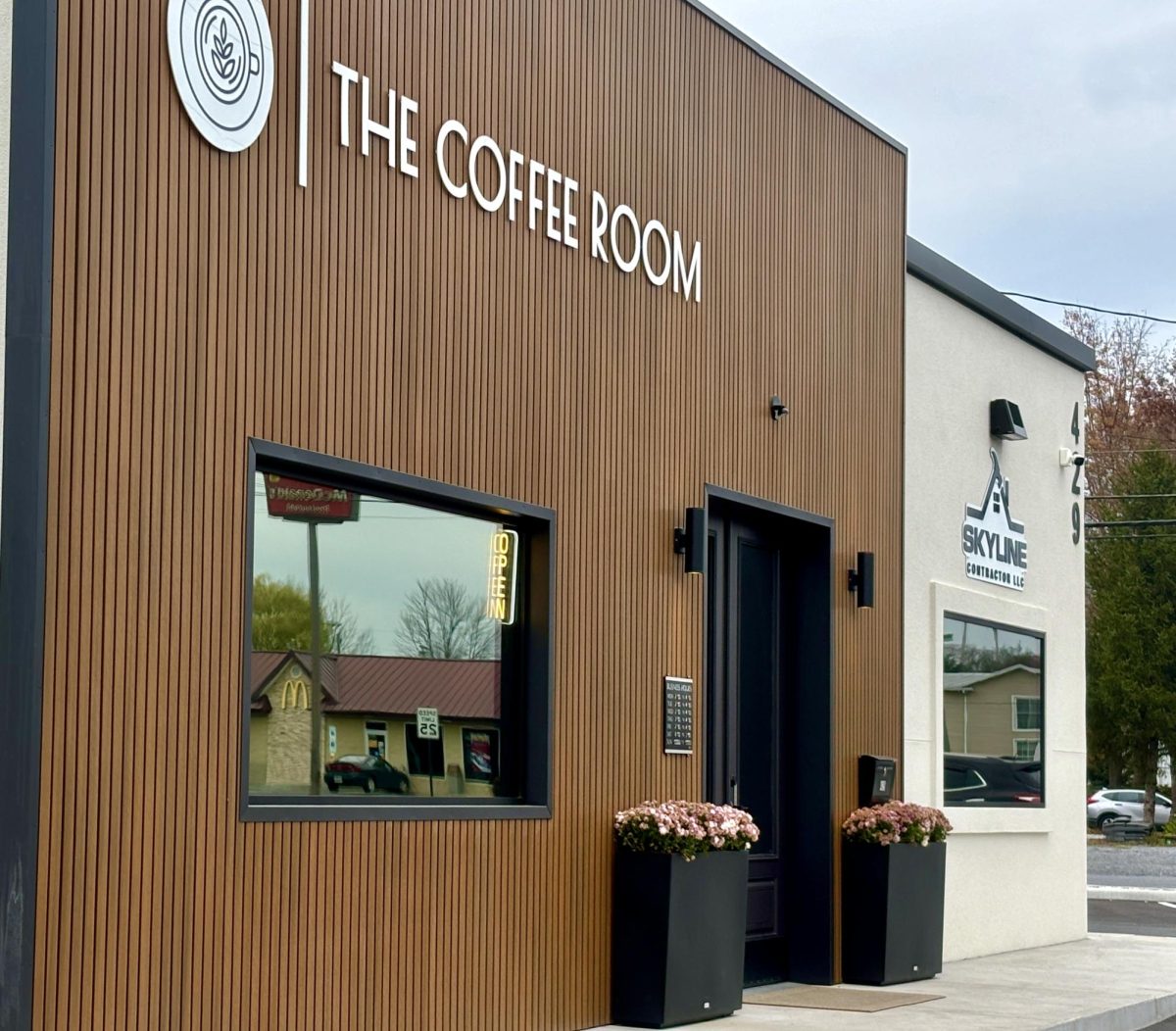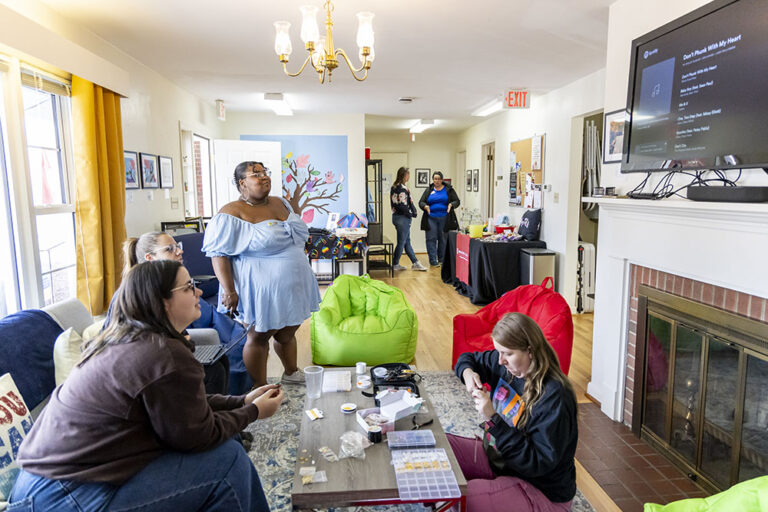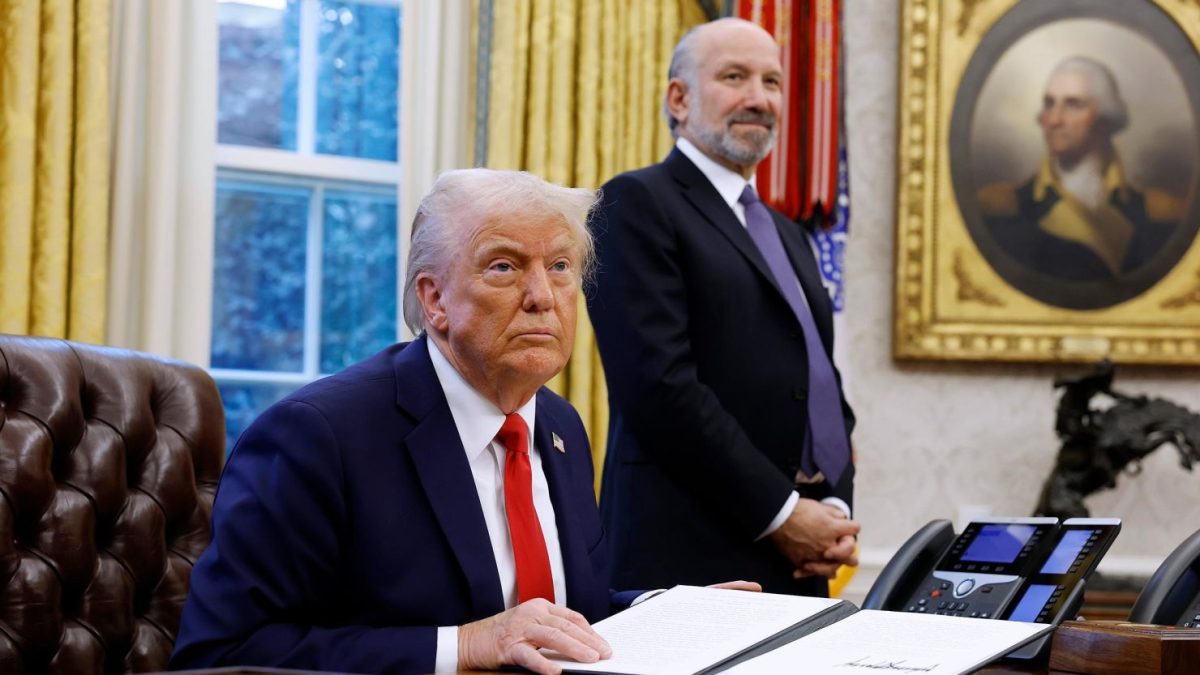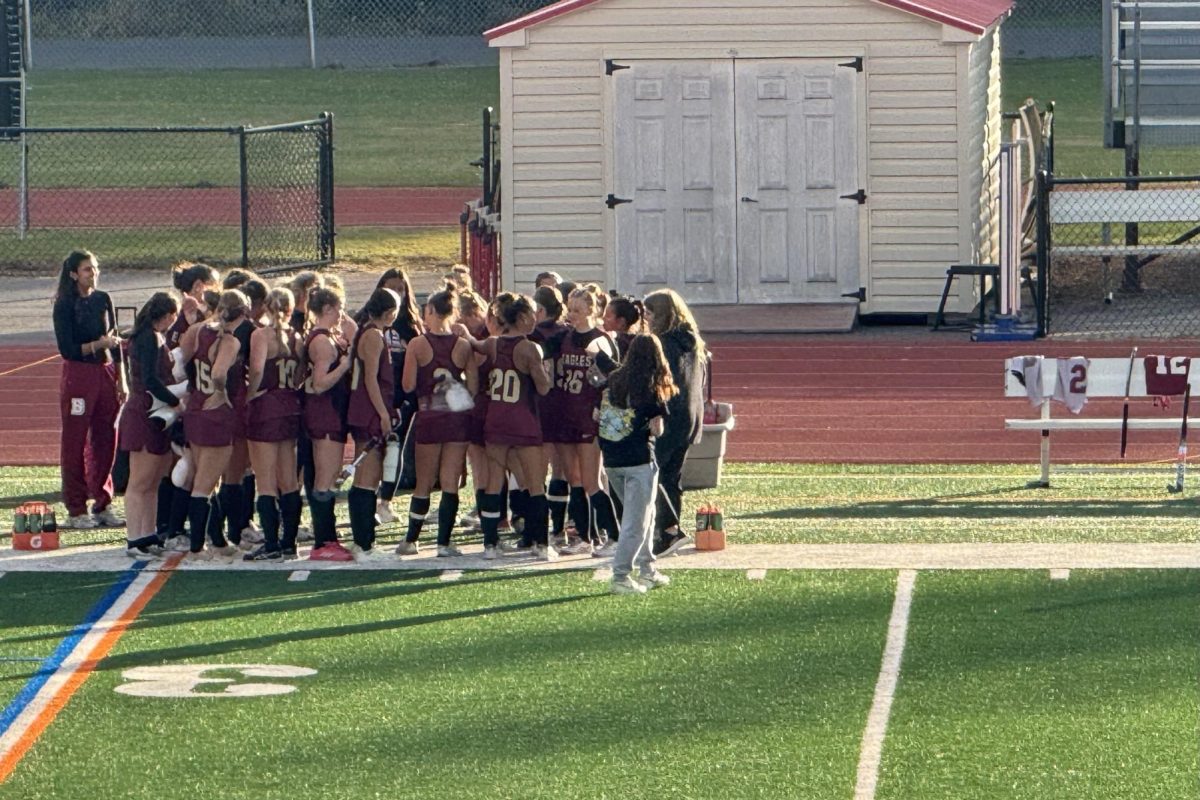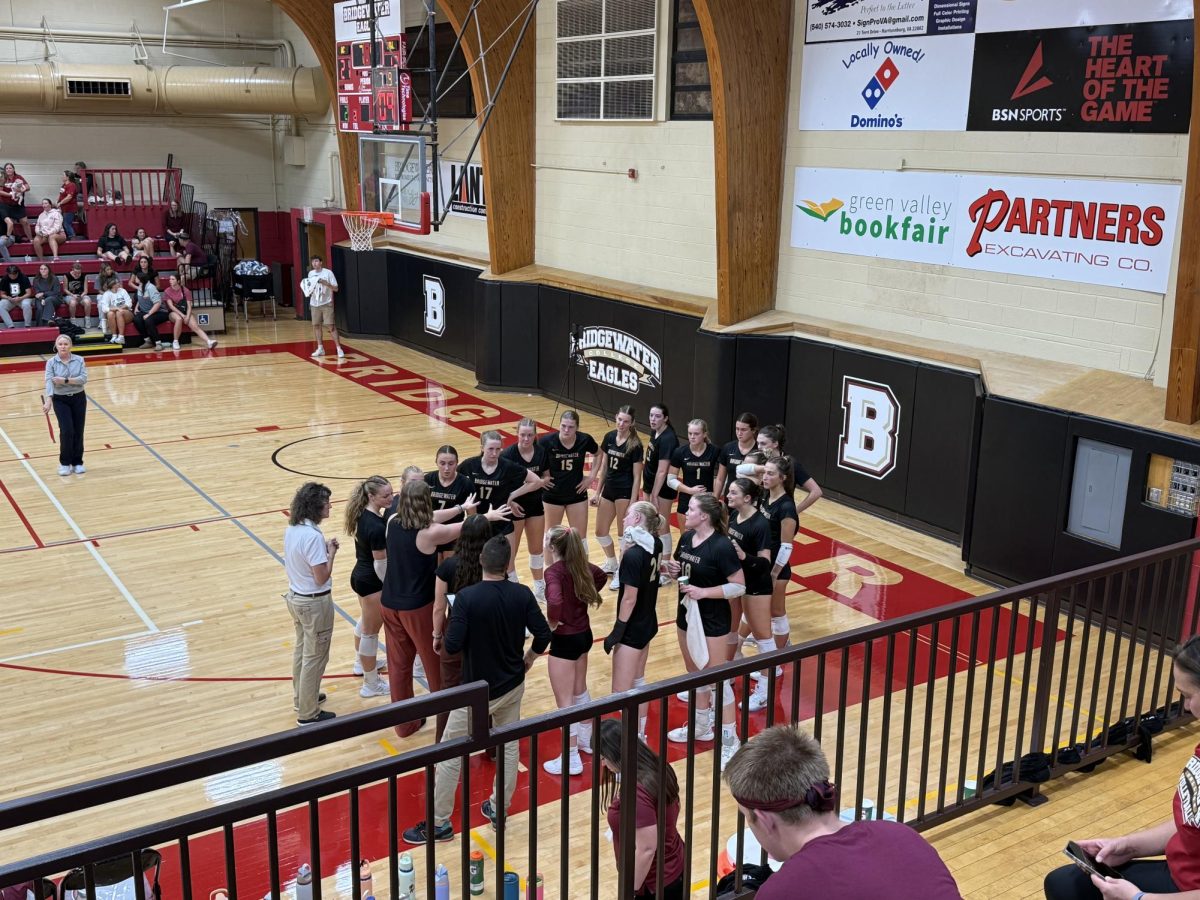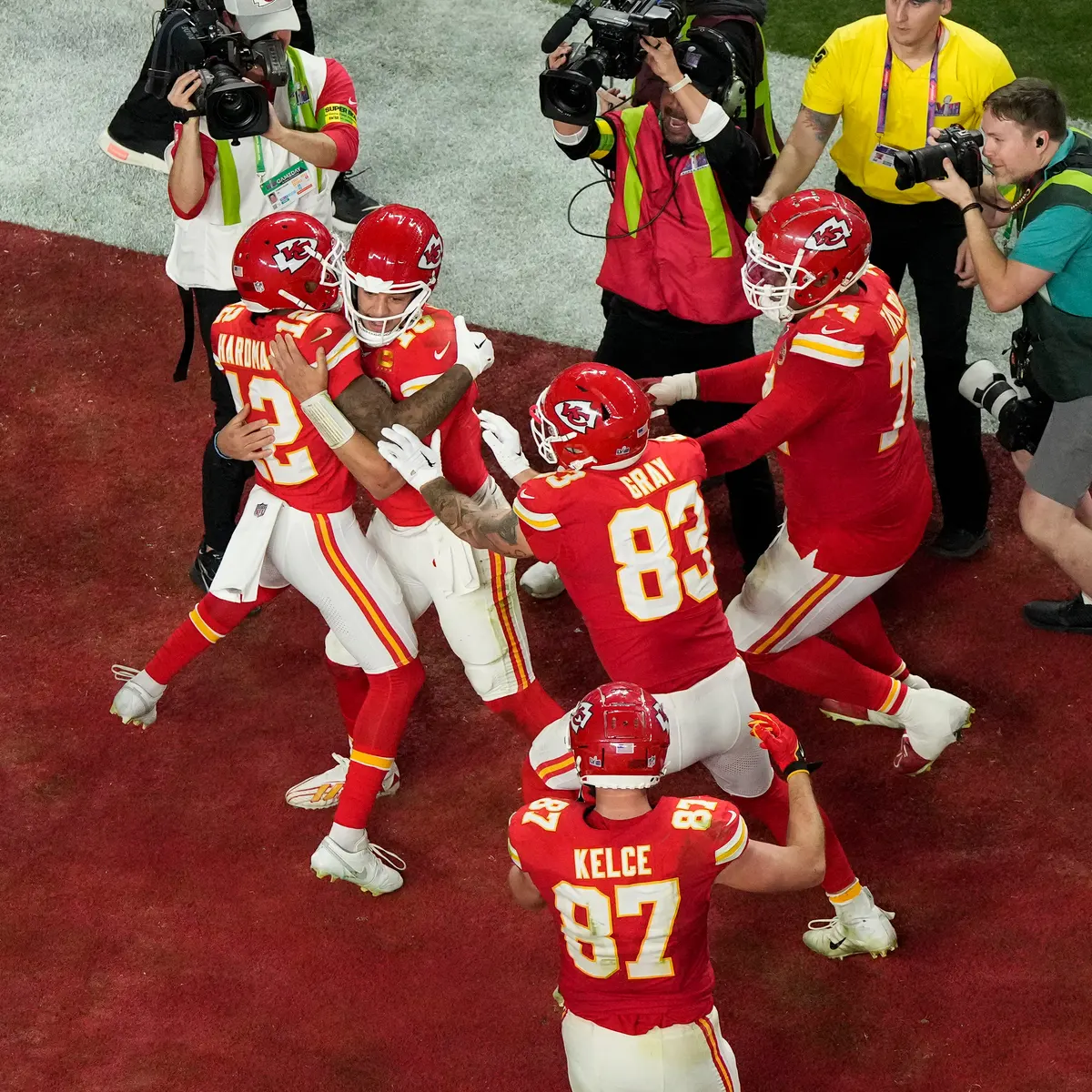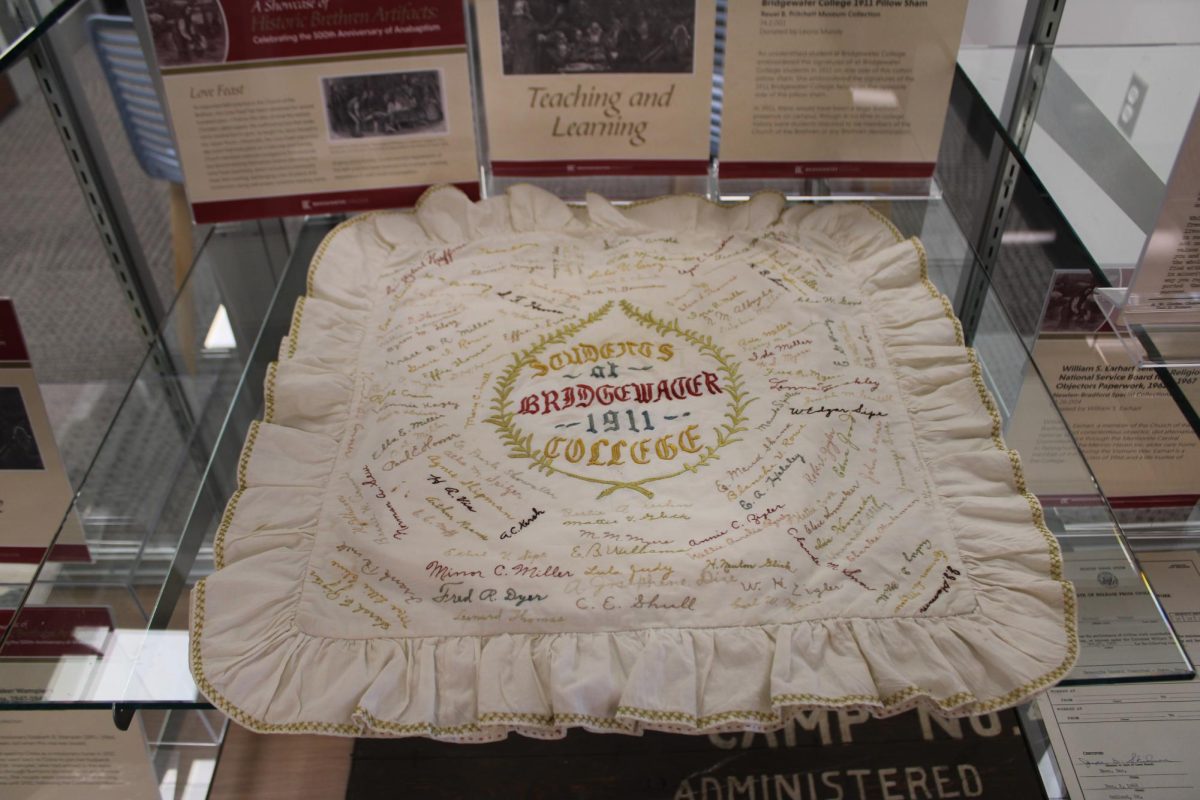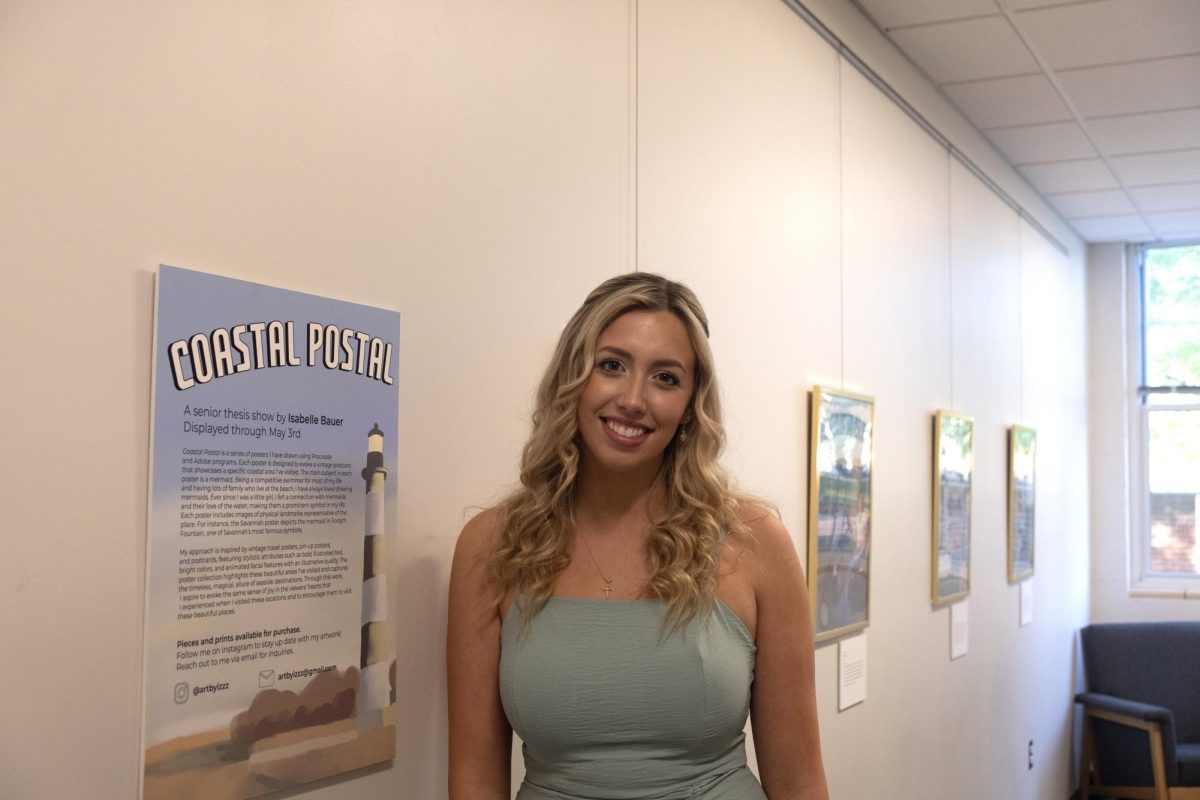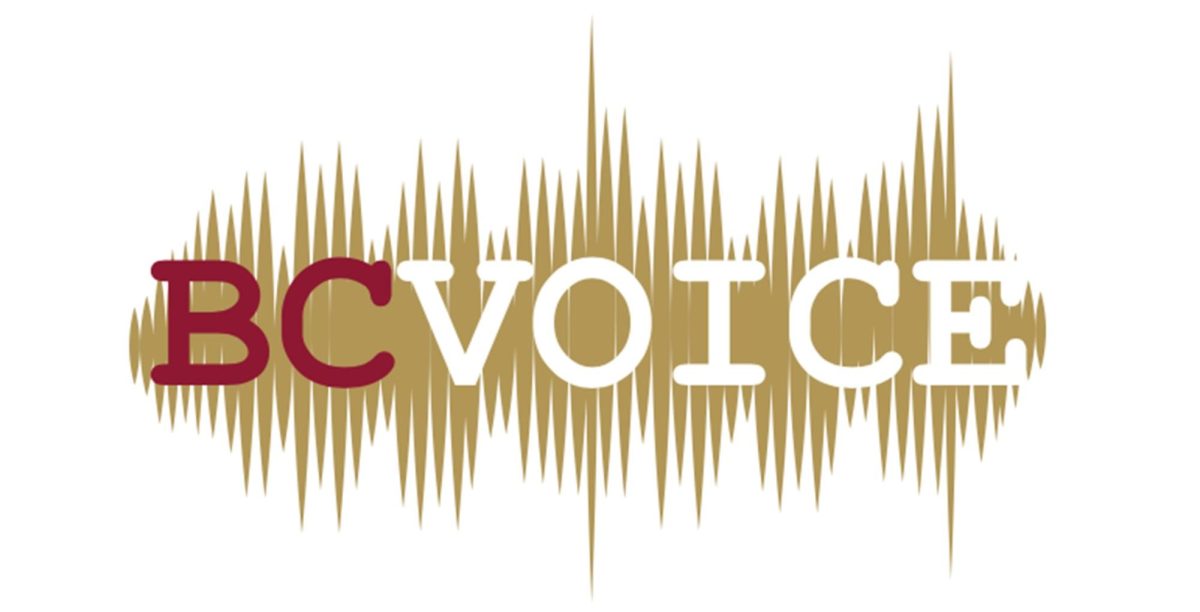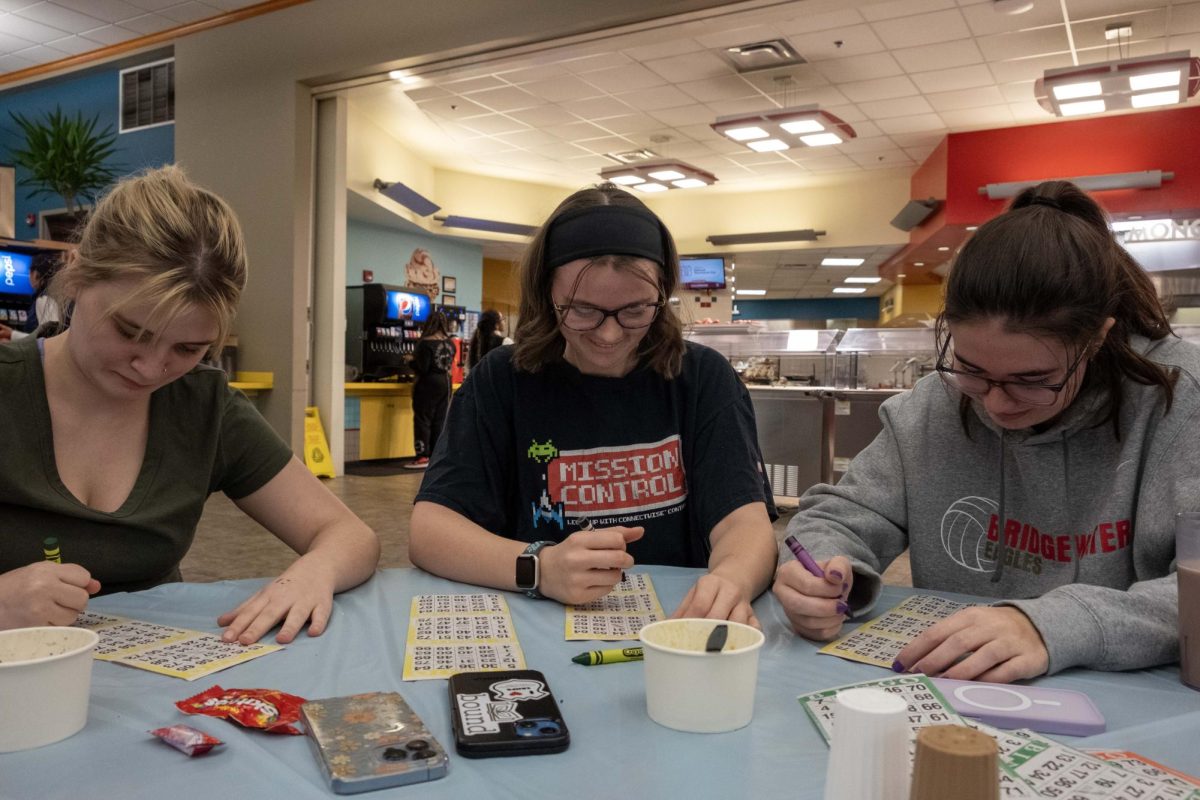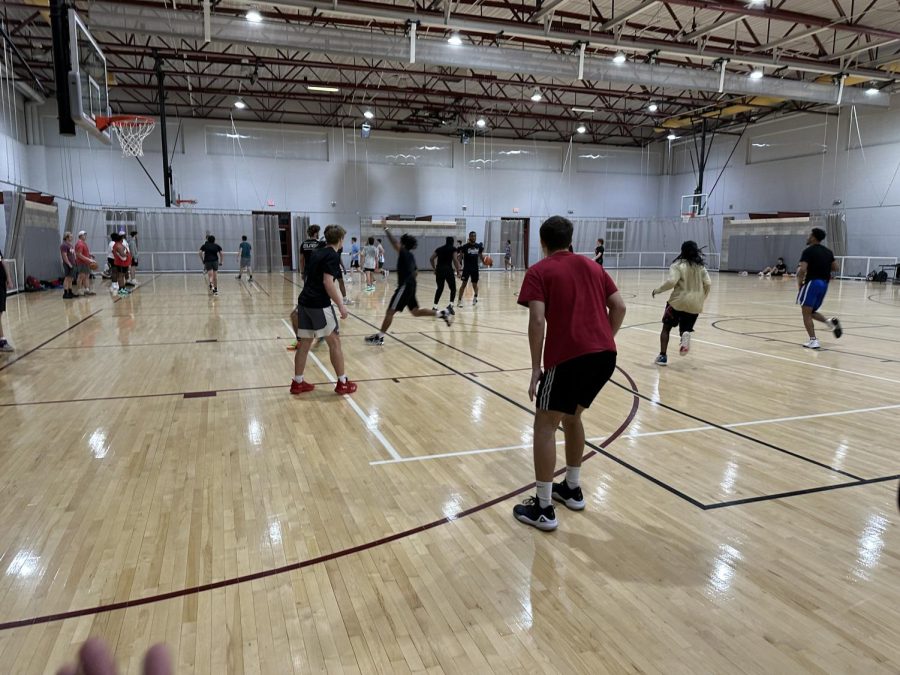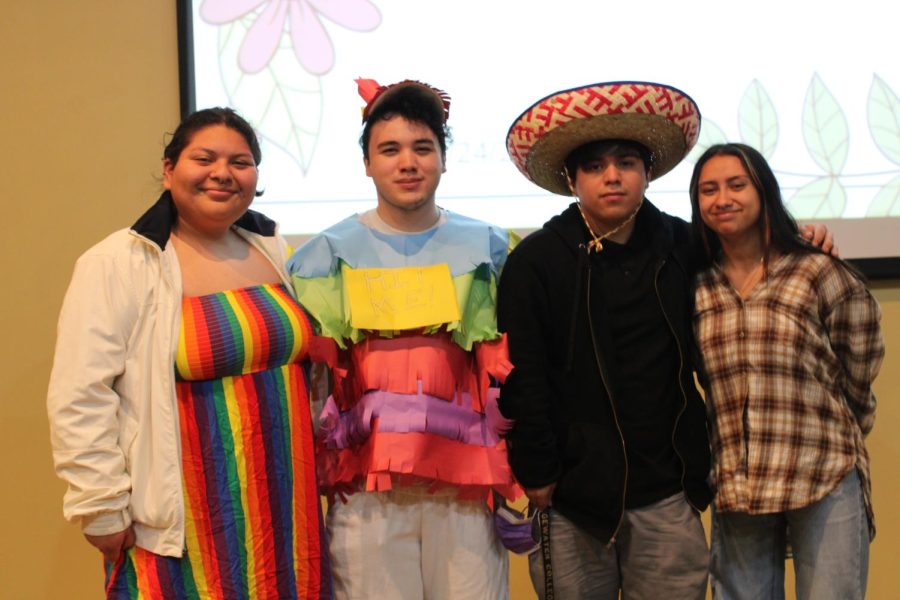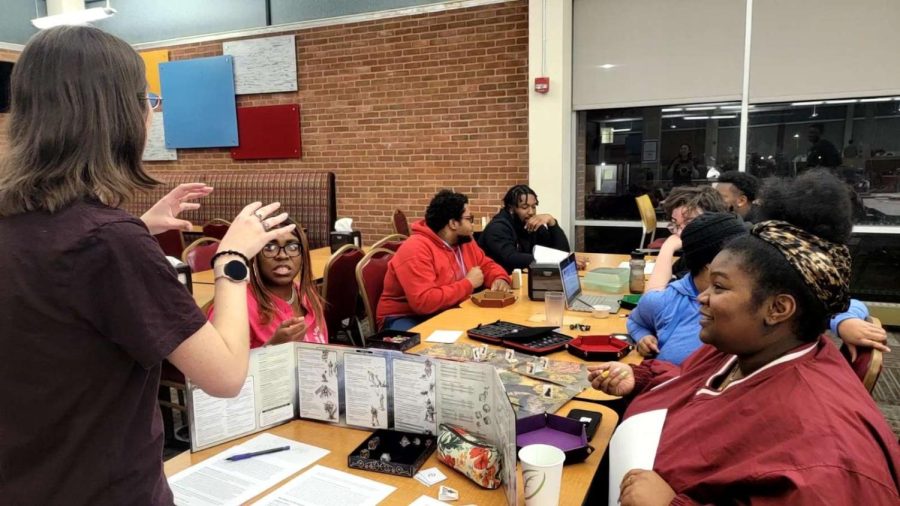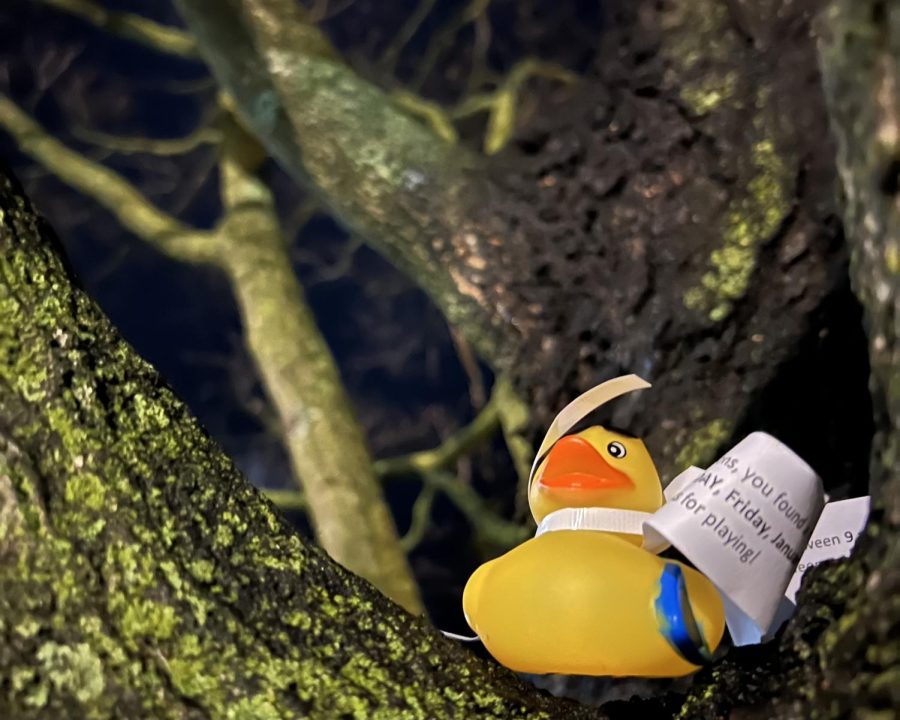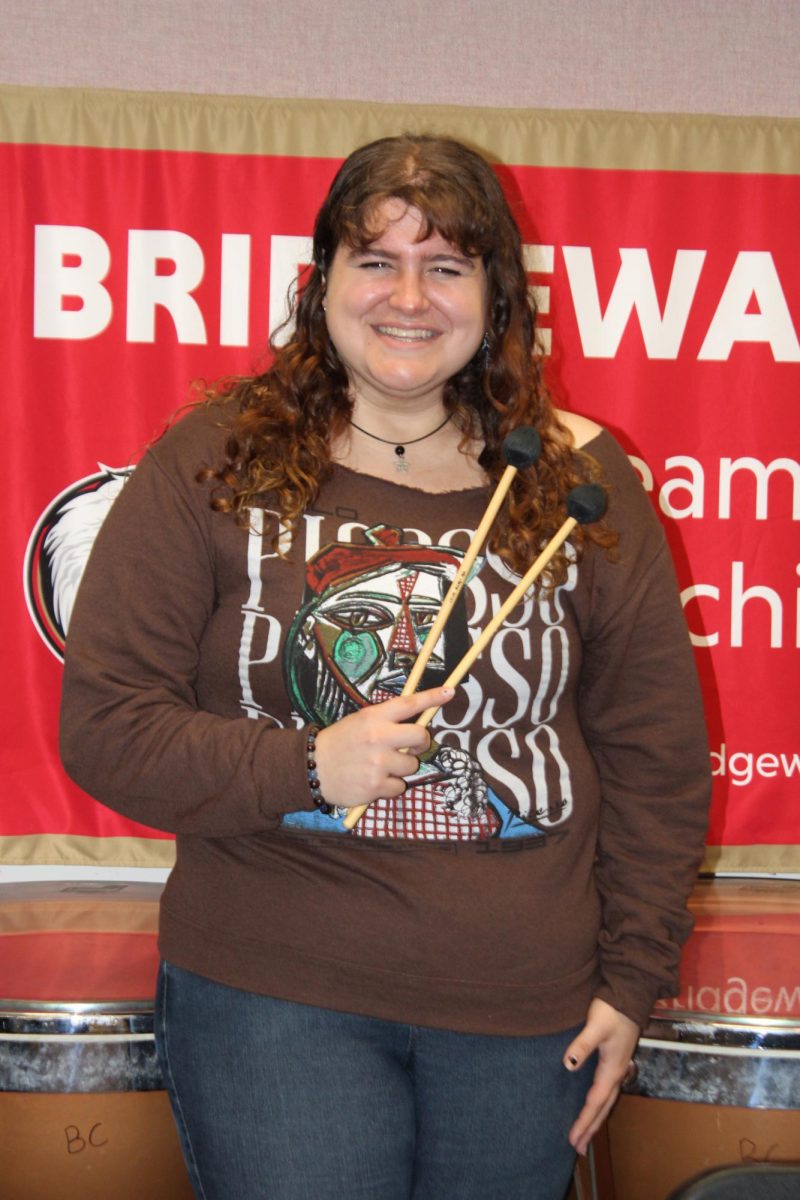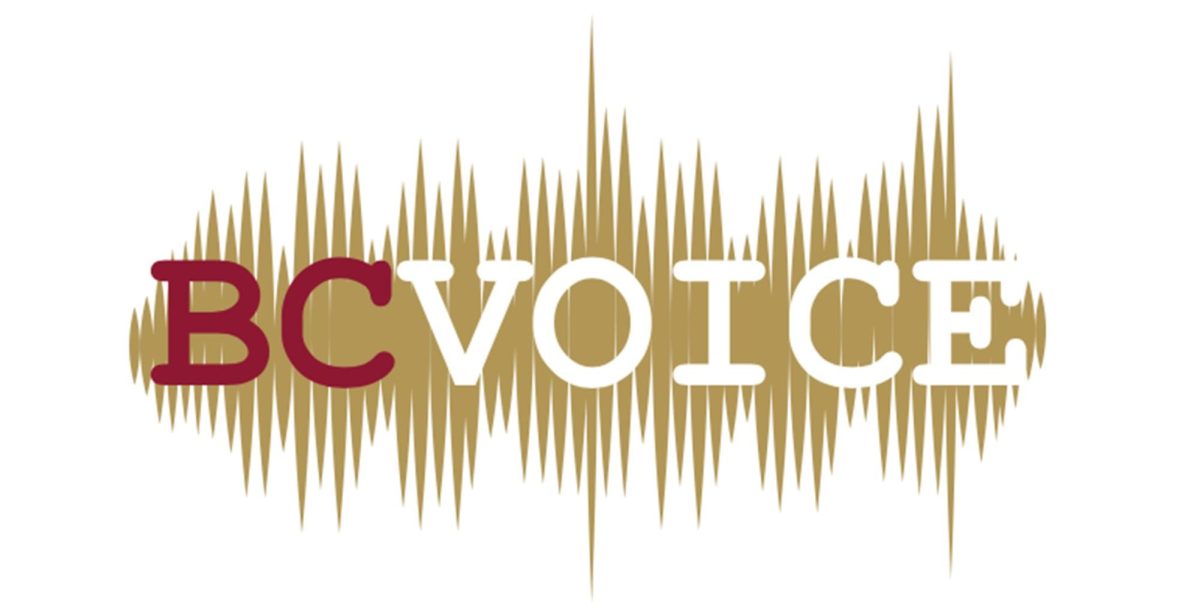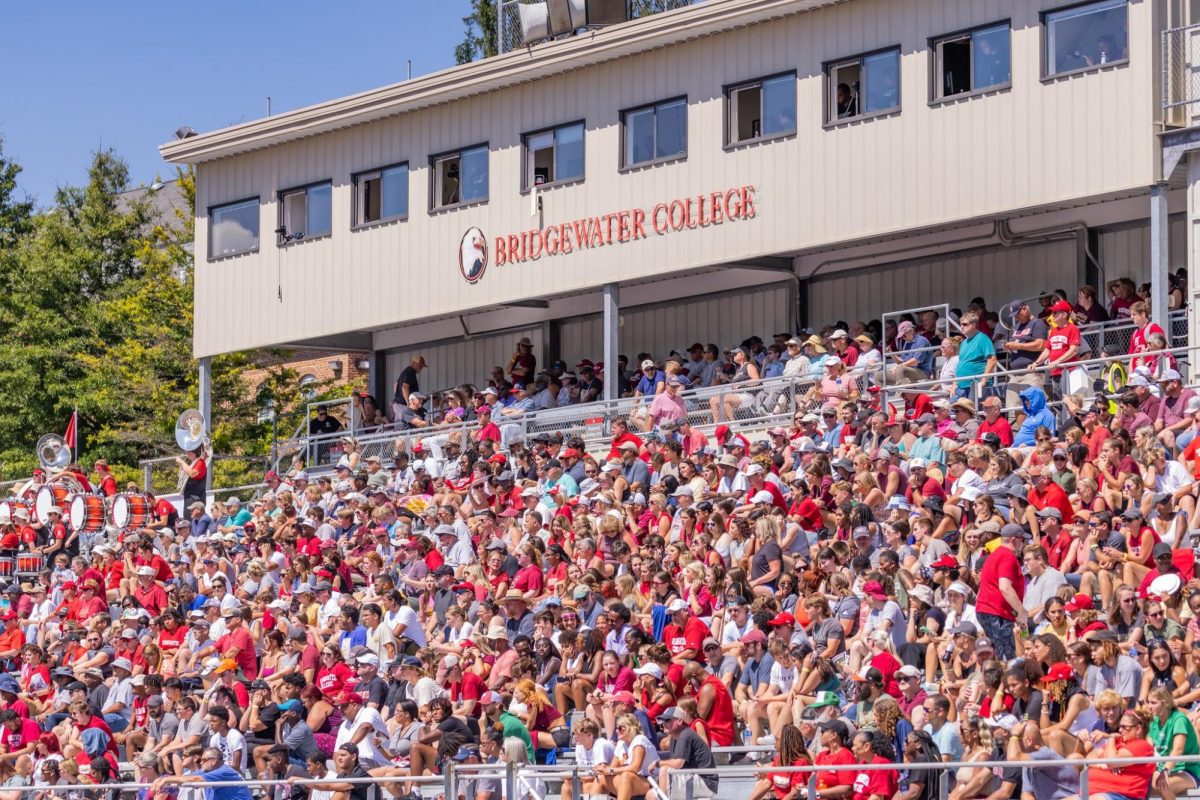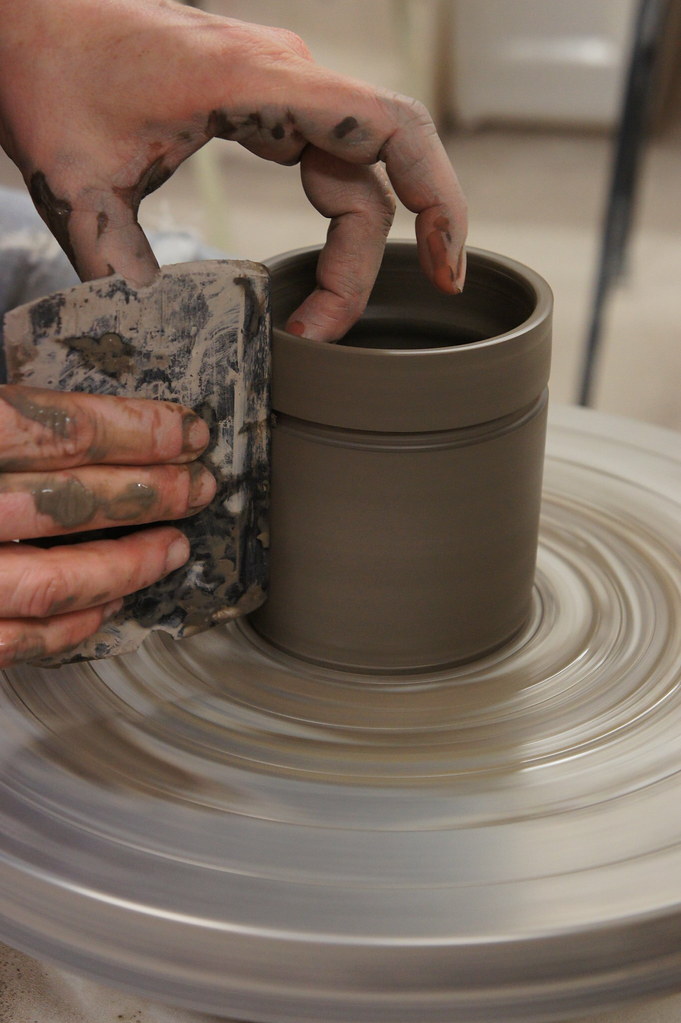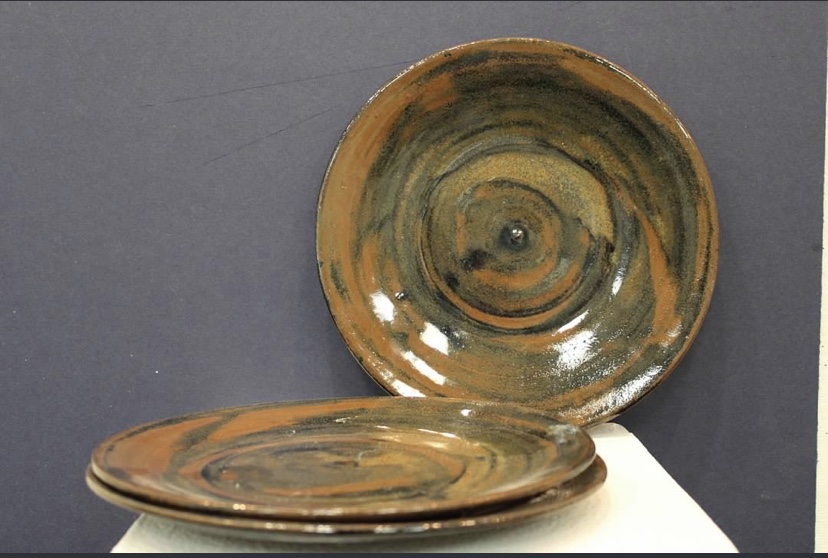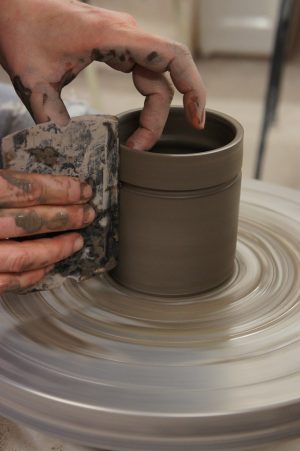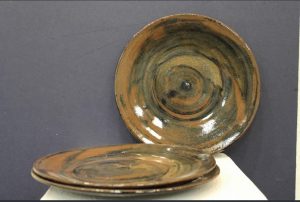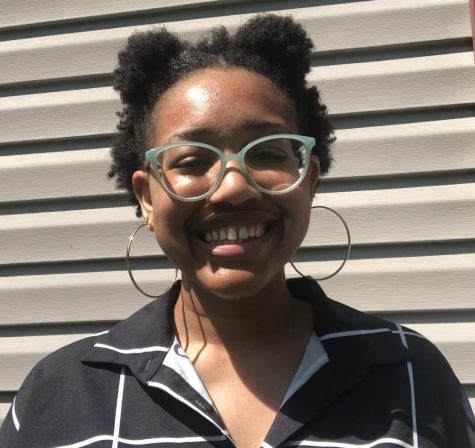The Challenges of Art Classes Online
Art Professors Attempt to Maintain the “True Educational Experience”
March 20, 2020
Bridgewater, Va.- Art professors and students at Bridgewater College are facing difficulties adjusting from a hands-on learning to a distance learning experience; however, creative solutions to the challenge are beginning to take shape.
On March 11, classes were shifted to a distance learning model in an effort to limit the risk of transmission of the coronavirus. According to Ronald Alabanza, practitioner in residence in Bridgewater’s art department, professors had only four days to frame the rest of the semester before classes resumed.
After President Bushman informed the College on March 16 that digital learning would extend through the rest of the semester, the art department had to develop new ways to teach students without face-to-face instruction.
Alabanza said that the transition has been difficult for the art department as they are “trying to adapt with not a lot of time.” In Alabanza’s opinion, the change into distance learning has “shortchanged a lot of our students and created anxiety for faculty members.” However, Alabanza is making the best of this change.
“I meet with my class through Zoom during class time, and I’ve extended my office hours so I can contact students one by one if needed,” said Alabanza.
One of Alabanza’s classes is web design, which is already tailored toward “remote learning,” so students are accustomed to completing assignments digitally. On the other hand, Alabanza’s graphic design class has “completely changed due to learning the creative cloud on Adobe.”
While Adobe allows for students to have access to the creative cloud through the school for free, many of the students in graphic design, mostly non-art majors, do not have a computer strong enough to complete the coursework. This issue is affecting the classes of both Alabanza and Professor Scott Jost.
Jost teaches photography and videography, which is difficult to teach online because students lack the software to complete the assignments, as well as possibly not having computers that are powerful enough.
“Some students don’t have the internet connection or internet fast enough to do Zoom,” said Jost. “Also they can’t edit the photographs or videos.”
As a result, professors are re-imagining coursework for non-digital assignments.“I’ve been pulling out hand skill assignments from my graduate school days to teach,” Alabanza said.
In Jost’s videography class, there is a “whole range of options” for the final project, which was initially a video project with a local dance company in Bridgewater. Students can now “shoot on their phone then create a handwritten storyboard rather than editing on a computer.”
In fine arts classes, art professors have had to adapt to grading student art through photographs instead of face-to-face. According to Jost, Professors Nan Covert and Michael Hough, who teach drawing, are considering allowing students to take photos of their creations. In classes like ceramics, taught by Professor Eric Kniss, students were given bags of clay before they left campus to complete assignments working simultaneously through Zoom.
The art department still wants to maintain “the educational experience,” according to Alabanza, which he says has been stressful for students as well.
Despite the stress, most students have adapted to the changes that have happened since the school’s closure.
“Students have been good sports and are willing to do the work,” said Jost. “They deserve a huge pat on the back.”

